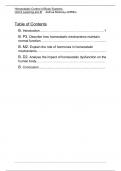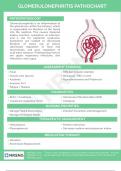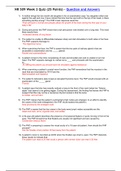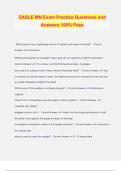Other
BTEC Applied Science Unit 9 Learning aim B Assignment - distinction with references
- Institution
- PEARSON (PEARSON)
Level 3 BTEC Applied Science Unit 9 Learning aim B Assignment - graded distinction with references included Human regulation and reproduction.
[Show more]






